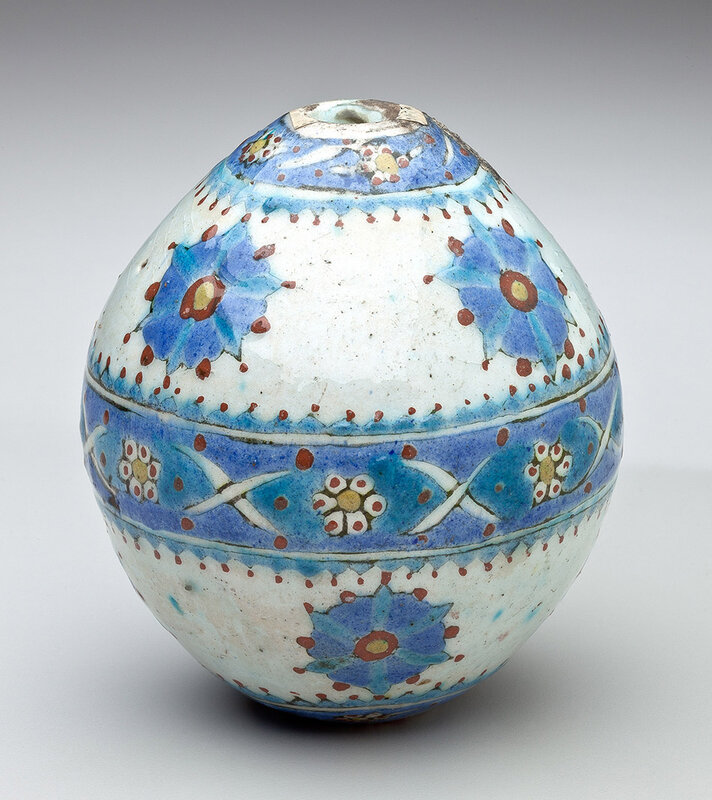Ottoman Ceramics In European Contexts

Ottoman ceramics in european contexts 375 tolian ceramics corresponds to the classical period of ottoman art and to the italian renaissance with its lux urious way of living.
Ottoman ceramics in european contexts. The ottoman ceramicist wanted to achieve a technical standard by which his motifs and. 1453 1699 allows us a glimpse at the wealth of ottoman items captured by western powers. At this stage chinese porcelains were the mediator. Its dynasty was founded by a prince bey osman after the mongols defeated the seljuqs at the end of the 13th century.
Main document muqarnas volume xxi. Iznik pottery or iznik ware named after the town of iznik in western anatolia where it was made is a decorated ceramic that was produced from the last quarter of the 15th century until the end of the 17th century. Iznik was an established centre for the production of simple earthenware pottery with an underglaze decoration when in the last quarter of the 15th century craftsmen in the. An annual on the visual culture of the islamic world xxi 373 382.
In the latter half of the fifteenth century following the fall of constantinople and the establishment of the ottoman court in the former capital of the byzantine empire many areas of artistic production enjoyed a renewal of forms. The arts of the safavid period show a far more unitary development than in any other period of iranian art. Filiz yenisehirlioglu author editor language english file type size pdf 915 kb. War trade and diplomacy drove ottoman impact on europe niki gamm.
Ottoman ceramics in european context in honor of michel rogers muqarnas volume xxi 2004 pp. It was a high point for the art of the book and architecture. The book impressions of ottoman culture in europe. These changes reflected the fuller involvement of a court whose patronage was.
The empire disintegrated after world war i. Ottoman ceramics are mainly known for iznik ware which refers to the pottery produced in anatolia from the end of the 15th century onward made with a stonepaste body mixture of 70 80 quartz 10 20 clay and 10 frit and decorated with a varied palette of underglaze colors paker 1964 1965 tite 1989 although bearing the name of iznik this pottery was also. Ottoman empire empire created by turkish tribes that grew to be one of the most powerful states in the world in the 15th and 16th centuries. The safavid empire was one of the most significant ruling.
University of istanbul 2004. During this 250 year period ottoman influence in europe was enormous especially where objects were concerned. Safavid art is the art of the persian safavid dynasty from 1501 to 1722 in present day iran and caucasia. Archeology in istanbul and the excavations at tekfur palace in byzantine and ottoman istanbul in the 15th century.
Iznik and ottoman ceramics. And also including ceramics metal glass and gardens. An annual on the visual culture of the islamic world. Ottoman ceramics in european contexts.
Mersin evleri sırtı dağ yüzü deniz in mersin.












































